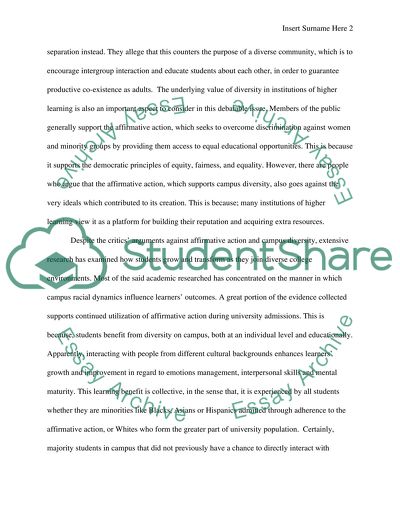Cite this document
(Benefits of Diversity in Universities - Contribution to the Student Ac Term Paper - 1, n.d.)
Benefits of Diversity in Universities - Contribution to the Student Ac Term Paper - 1. Retrieved from https://studentshare.org/sociology/1491533-evaluation-essay
Benefits of Diversity in Universities - Contribution to the Student Ac Term Paper - 1. Retrieved from https://studentshare.org/sociology/1491533-evaluation-essay
(Benefits of Diversity in Universities - Contribution to the Student Ac Term Paper - 1)
Benefits of Diversity in Universities - Contribution to the Student Ac Term Paper - 1. https://studentshare.org/sociology/1491533-evaluation-essay.
Benefits of Diversity in Universities - Contribution to the Student Ac Term Paper - 1. https://studentshare.org/sociology/1491533-evaluation-essay.
“Benefits of Diversity in Universities - Contribution to the Student Ac Term Paper - 1”, n.d. https://studentshare.org/sociology/1491533-evaluation-essay.


